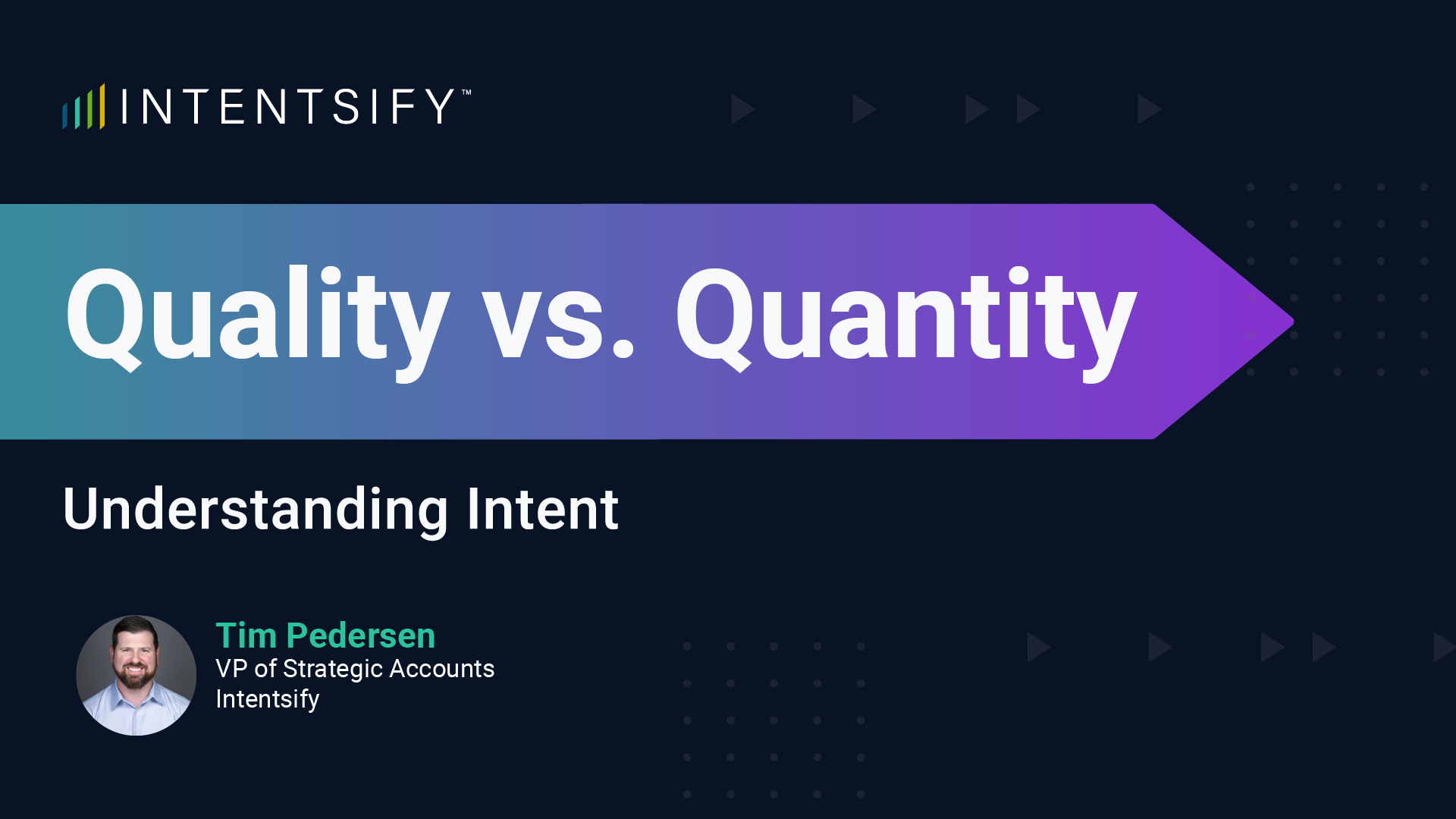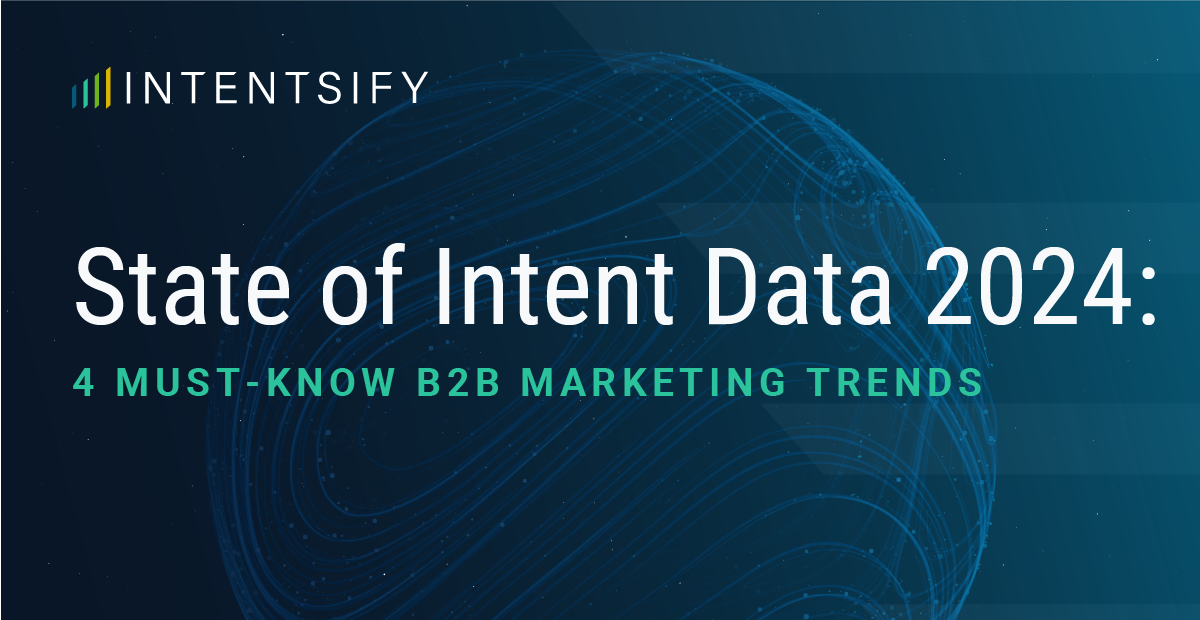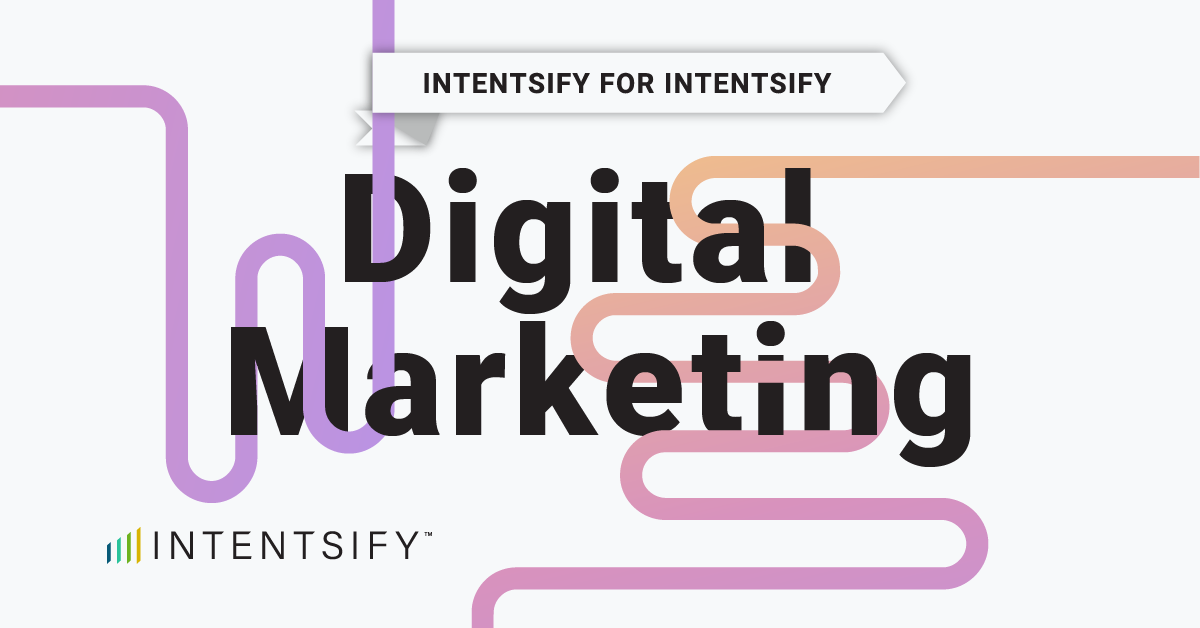Quality over quantity may seem like an obvious mantra. You could say that about most things — from friendships to clothing, and projects at work. But when it comes to intent data, what do we mean?
We know that customer intent is the key to successful marketing and sales. Historically, businesses gauged customer interest primarily through volume-based metrics — how many clicks, views, or downloads a piece of content received. However, this method often paints an incomplete picture of consumer intent.
The recent advancements in Artificial Intelligence (AI) and Natural Language Processing (NLP) have ushered in a new era of analyzing intent. With the help of AI and NLP, we get a more accurate understanding of consumer behavior with a balance of both quantity and quality metrics.
The Limitations of Volume-Only Approaches
Volume-based metrics have been the backbone of intent analysis for years. These metrics offer a view of what topics or products attract the most attention. While useful and straightforward, they fall short in distinguishing the difference between casual interest and purchase intent. For example, high traffic to a webpage might indicate popularity, but how do you know if it’s someone just browsing out of curiosity versus someone ready to buy? That’s when we need higher quality insights.
Enter AI and NLP: The Game-Changers
AI and NLP technologies have transformed how we interpret data, by understanding the context and quality of each interaction. AI algorithms can sift through vast amounts of data, identifying patterns and behaviors that indicate intent more accurately than volume metrics alone. Meanwhile, NLP technologies dive into the subtleties of language used in searches, social media interactions, and content engagement, offering insights into the consumer’s stage in the buying journey and their level of interest.
Balancing Quantity and Quality for a Fuller Picture
The most innovative businesses are those that use both quantity and quality metrics to understand what customers want. Quantity is still important because it shows what topics or products are getting attention. However, when businesses also look at the quality of the interactions — like how customers interact with content, how deeply they research, how engaged they are in discussions, and how specific their questions are — they can distinguish between casual interest and real intent.
A few examples of quality metrics include time spent on detailed product specifications, interaction with case studies, participation in product-related forums, or completion of a contact form after reading in-depth articles. These behaviors indicate a deeper level of engagement and a higher likelihood of moving forward in the sales funnel.
Practical Applications and Benefits
Incorporating AI and NLP in intent analysis can benefit many aspects of marketing and sales:
- Targeted Content Creation: By understanding the depth of interest in specific topics, businesses can tailor their content strategy to address the needs of their audience more accurately, creating more detailed and informative content for those showing a high level of engagement.
- Improved Lead Scoring: Sales teams can prioritize leads more effectively by focusing on those that exhibit not just a high volume of engagement but also high-quality interactions, increasing the efficiency of the sales process and improving conversion rates.
- Personalized Marketing Campaigns: Marketers can use insights from balanced intent analysis to craft personalized campaigns that resonate with the audience’s specific interests and stage in the buying journey, enhancing the relevance and effectiveness of their marketing efforts.
- Enhanced Customer Experience: By understanding the nuances of consumer intent, businesses can provide more tailored recommendations, support, and product offerings, leading to a better overall customer experience and higher customer satisfaction.
In today’s digital age, understanding what customers want is crucial. Thanks to advancements in AI and NLP technologies, we now have more sophisticated tools than ever before. These tools allow us to look beyond how much content is consumed, and instead consider how it’s consumed. By finding the right balance between these factors, businesses can really get to know their audience. This means better targeting, personalized approaches, and more engaging strategies. This shift in how we analyze intent doesn’t just improve marketing and sales efforts; it helps create deeper, more meaningful connections between businesses and their customers.






